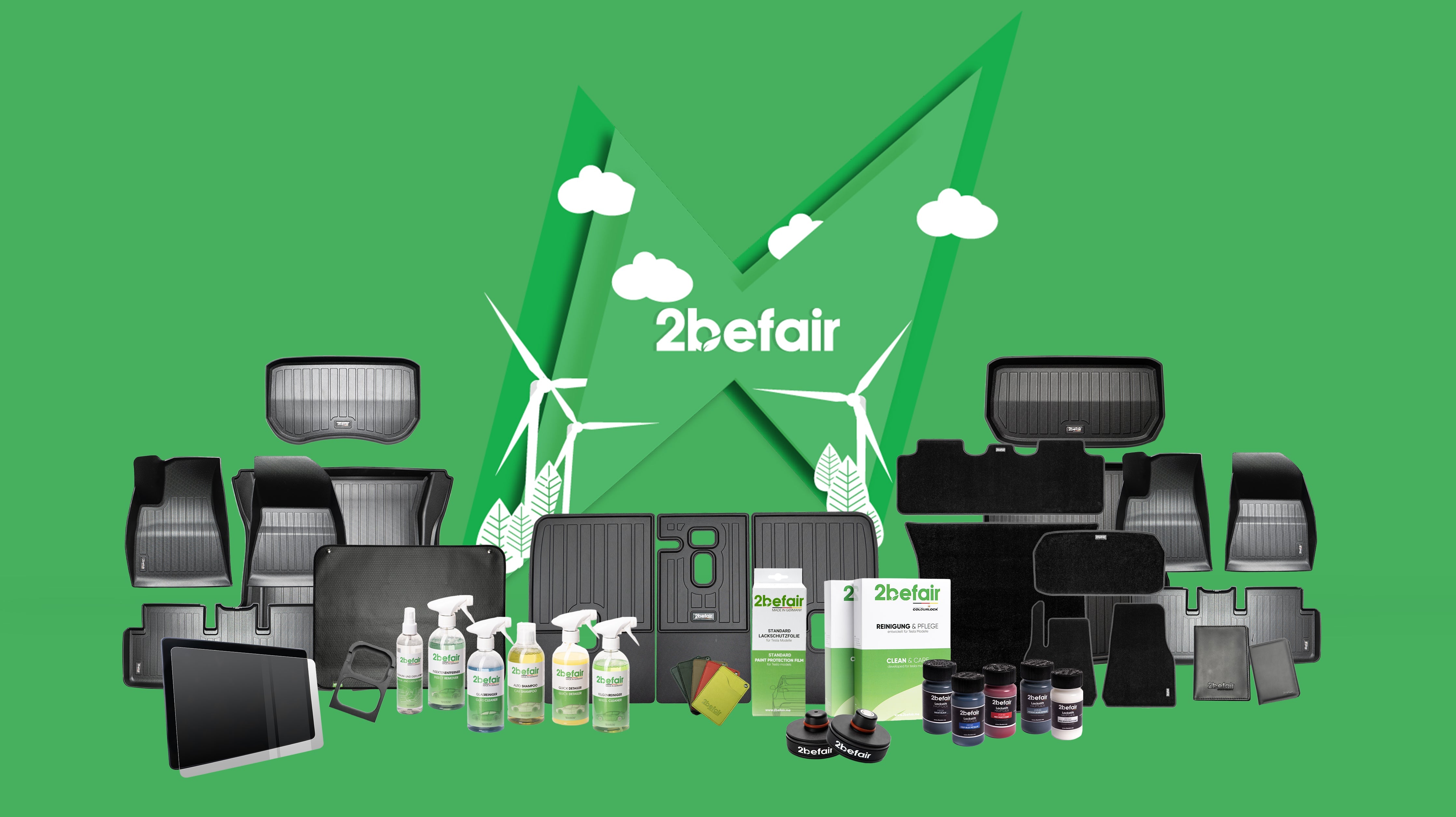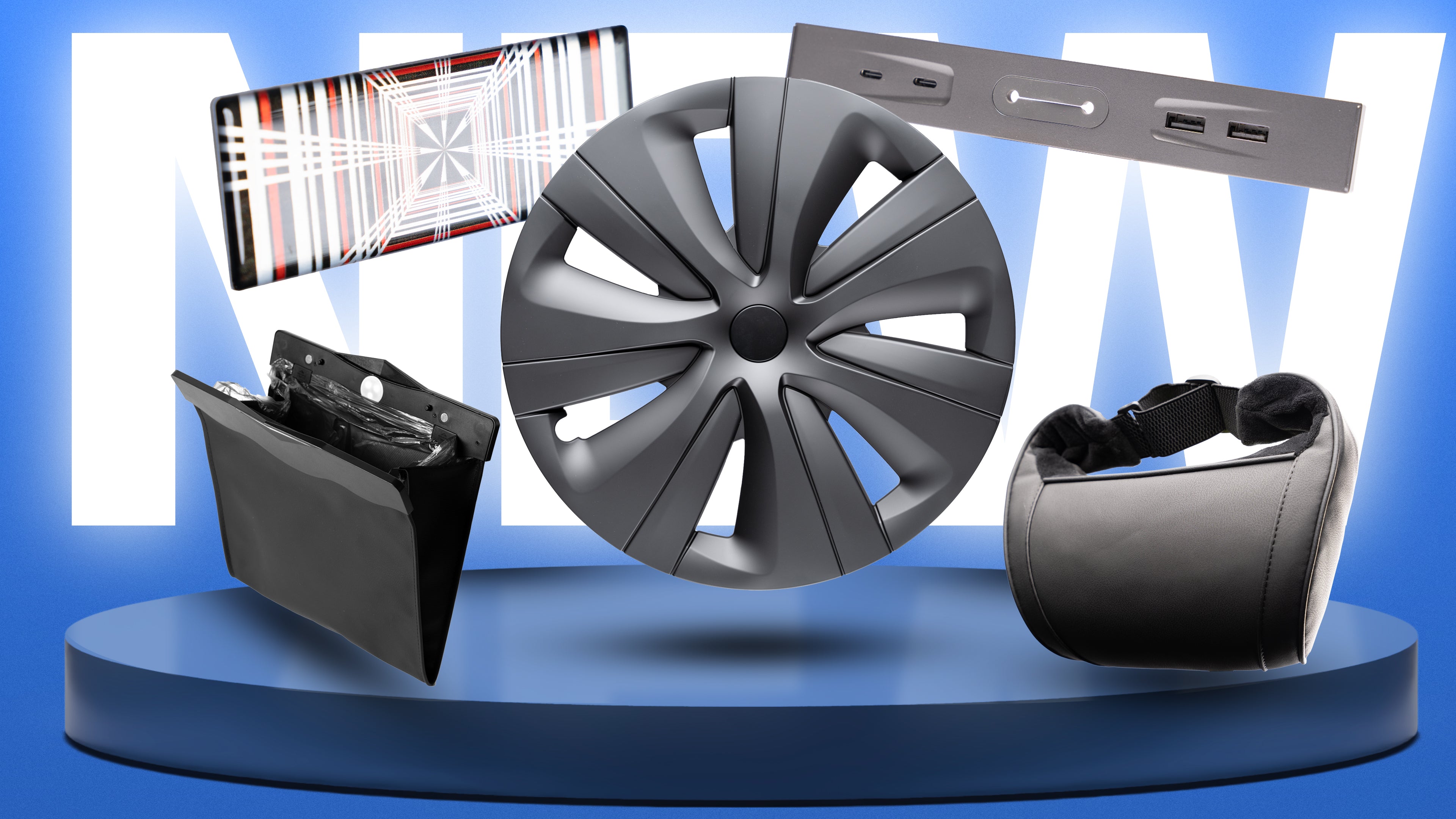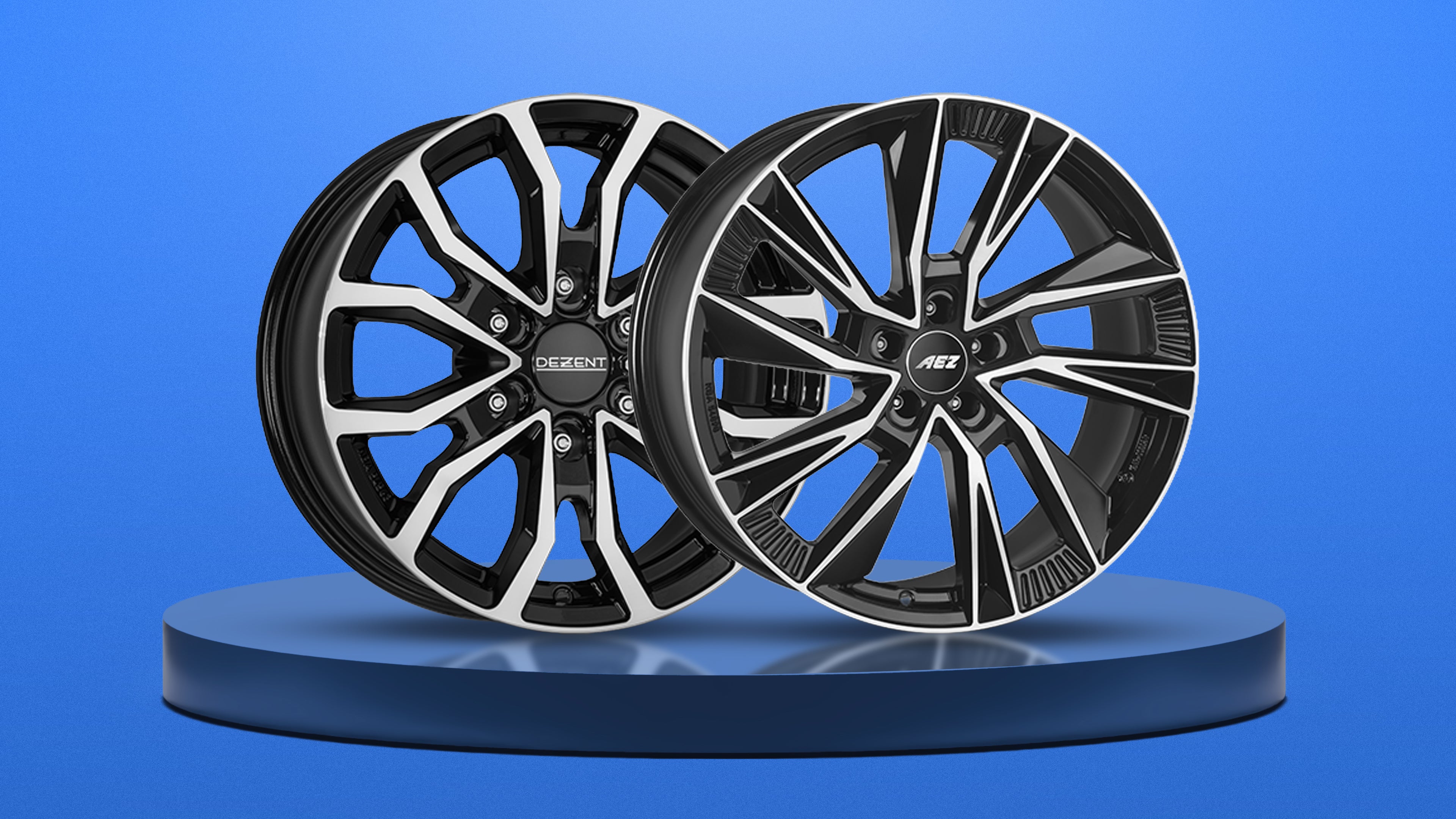Have you always wondered what you should consider in an emergency situation with a Tesla? We have summarized the most important points for you in this guide to help you in advance, regardless of whether you are involved or a helper. It is important to emphasize that every emergency situation must be assessed individually and not all theoretical tips that we mention can be implemented in practice.
Depending on the emergency situation or accident, it is always important to be the first to inform the emergency services and provide assistance. In addition, every Tesla is equipped with the eCall system. In the event of a serious accident and deployment of the airbags, important data is automatically transmitted to the emergency call center. This includes the vehicle type, the number of people in the vehicle, the current GPS data and the vehicle's chassis number. Of course, a manual emergency call can also be made at any time via the SOS symbol in the top status bar of the touchscreen. Please note that when an emergency call is made, all data is immediately and automatically forwarded to the relevant emergency call center without an external service provider being involved. For this reason, a manual emergency call should only be made in an emergency situation.
Often the biggest concern in the event of an accident is that the high-voltage battery of an electric car will immediately start to burn. In most cases, this concern is completely unfounded, as modern electric cars are equipped with intelligent safety systems. Of course, every situation must be assessed individually and treated with the necessary respect. However, numerous studies and everyday experience show that even in the event of an accident, electric cars do not catch fire more frequently than vehicles with other types of drive. In the next few points, you will find out which system in particular is in Tesla vehicles and which points need to be observed.
The most important components in a Tesla are powered by the 12-volt battery, which is located in the front hood under the plastic access cover. The 12-volt battery is responsible for operating the safety system, airbags, power windows, door locks, trunk lock, touchscreen and interior and exterior lighting. The high-voltage circuit in the Tesla charges the 12-volt battery, which in turn supplies the high-voltage contactors so that the high-voltage current can circulate through the high-voltage battery.
As an important safety aspect in electric vehicles, a high-voltage contactor is used to switch off the vehicle's high-voltage system quickly and safely in the event of an emergency or accident. The contactor isolates the high-voltage battery from the rest of the vehicle's electrical system in order to minimize potential hazards. As a rule, the contactor is controlled by the vehicle electronics and can be triggered automatically or manually.
In the event of an accident, the pyro fuse of the high-voltage contactor can trigger and disconnect the high-voltage battery from the vehicle. This is an important protective mechanism to protect the vehicle and its occupants from further damage caused by the high-voltage battery. This also drains the 12-volt battery so that the above-mentioned components can no longer be supplied with power. It usually takes around 20-30 minutes for the 12-volt battery to discharge completely.
It is important to know where the relevant emergency unlocking devices are located in the Tesla in case the electronics stop working and doors have to be opened manually to free yourself or other people.
- With Tesla Model 3/Y and Model S/X, the front doors can be opened mechanically under the handles in the door by pulling the "emergency handle" upwards. The doors can only be opened electrically from the outside.


- For the Model 3 there is no emergency release for the rear doors.
- According to Tesla, the Model Y rear has no emergency release, but there is a small cover in the felt in the side compartments of the rear doors, under which there is an emergency release. However, it is very difficult to reach and is not recommended.
- The Model S has two emergency releases for the rear doors under the seat cushions in the rear.
- To open the Falcon Wing doors on the Model X, the speaker grille on the door in question must be removed and the release cable pulled down and towards the front of the vehicle. After unlocking, the door can be lifted manually.
- The front trunk (frunk) can be opened from the outside by pressing the Zremoving the eyelet cover. Then pull the two cables out of the drawbar eye cover to expose the terminals on the vehicle side. The frunk can then be opened with a 12-volt battery or booster.
- Note: If the Tesla is without power, the frunk can also be opened with a 9-volt block battery. If the vehicle is still supplied with power, this is not possible!

Manual disconnection of the high-voltage battery from the vehicle is possible via the "emergency cable set", which is located at the front in the upper area of the frunk (observe the information sign).


The towing mode in the Tesla can only be activated via the display if a 12V supply is available. If no more power is available, it is recommended to transport the vehicle with a crane tow truck.
Our tips:
Provided that the emergency situation/breakdown allows it, I recommend that you open all doors and luggage compartments, at least slightly ajar and do not close them before the 12-volt system switches off. This way, everyone involved still has easy access to the vehicle at all times. The glove compartment and backrests are also powered by the 12-volt system and can no longer be operated as soon as this is no longer available.
If necessary, you should back up the dashcam recordings and the corresponding USB stick in the glove compartment. In the event of an incident, the dashcam recordings can be saved manually by pressing the horn (if previously set accordingly) or tapping the dashcam symbol on the touchscreen. In the event of an accident, the Tesla automatically saves the corresponding recordings. However, the type and severity of the accident is also decisive here. Please ensure that there is always sufficient memory available.
Stow important items such as high-visibility vests, the first-aid kit and the warning triangle within easy reach and accessible at all times. Make sure you have the right amount of high-visibility vests with you. There may also be differences from country to country, so check this before traveling abroad.
Carry the Tesla emergency manual in the glove compartment at all times. It lists important and safety-relevant information that can also help you and the emergency services on site. Keep this handy at all times. For this I recommend our 2befair on-board folder. This is specially designed for the smaller glove compartments in Tesla models. A notepad and ballpoint pen are also integrated in our on-board folder. So you can make important notes at any time.
If you are carrying dogs in the trunk, always make sure that they can also be led out via an emergency exit, for example via the folded rear seat bench in the event of a rear-end collision. The rear seat backrests also run electrically and can only be folded down if the 12-volt electrical system is still active.
One last important point: Stay away from high-voltage components! Depending on the situation, touching them can be life-threatening. High-voltage components are marked in the emergency manual. High-voltage cables are marked with orange cables in the vehicle.
You can also find everything you need to know in our YouTube video: "Accident with the Tesla - What you should know!
All important information can be downloaded from Tesla at any time: https://www.tesla.com/de_DE/firstresponders




































